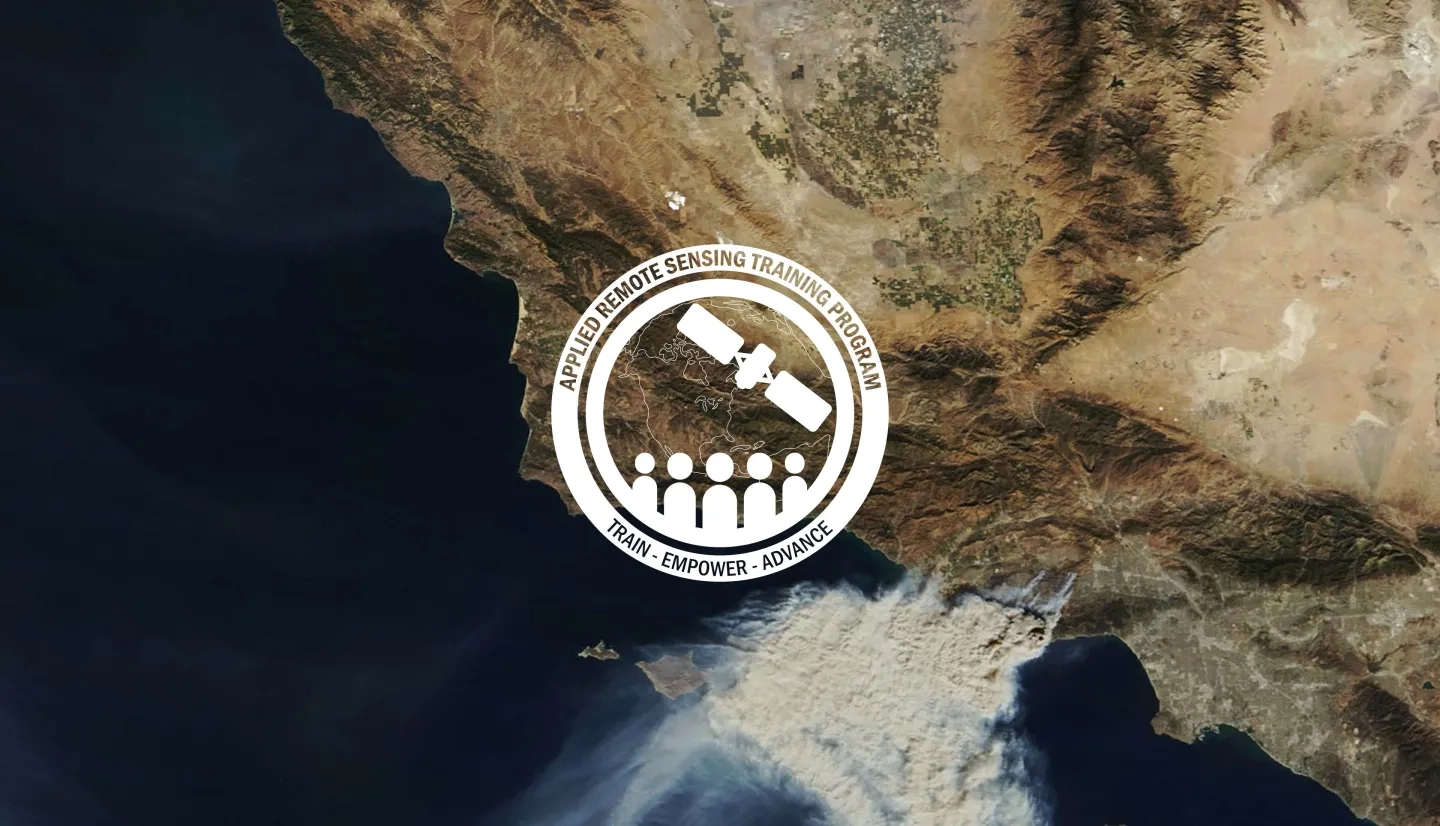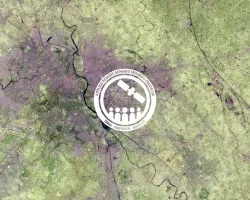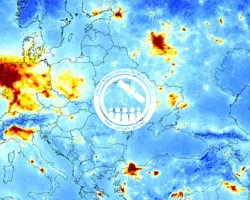Description
This advanced-level training will focus on using remote sensing observations for monitoring post-fire impacts on watershed health, building off the ARSET training offered in 2021: Satellite Observations and Tools for Fire Risk, Detection, and Analysis. Specifically, this training will highlight uses of NASA Earth observations (EO) for pre-fire land cover mapping, watershed delineation and stream mapping, post-fire burn severity mapping, and pre- and post-fire riverine and freshwater water quality. This three-part training will highlight case studies that use remote sensing data for assessing the impacts of fires on watersheds. This training will also provide participants with hands-on exercises for using NASA EO for these assessments within the Soil Water Assessment Tool (SWAT) and Google Earth Engine.
By the end of this training, attendees will be able to:
- Distinguish, compare, and contrast the biophysical conditions pre-and post-fire
- Analyze the key fire science criteria to select the appropriate data from satellites/instruments for a given watershed
- Acquire land use & land cover maps for the region of interest
- Select river basin and sub-basin boundaries for their region of interest
- Recognize how to develop a river basin-scale model using SWAT to simulate the quality and quantity of surface and groundwater
The primary audience for this training consists of local, regional, state, federal, and international organizations involved in resource and ecosystem management and disaster response. The secondary audience for this training are those with an interest in applying remote sensing data toward fire science.
- Three, 1.5-hour sessions held twice daily
Trainers: Sean McCartney, Amita Mehta, Erika Podest
Learning Objectives/Outcomes:
- Provide examples of fire science criteria for drought conditions in a given watershed pre-fire to select the appropriate data from satellites/instruments for a watershed of interest
- Demonstrate how to delineate river basins and subbasins for a watershed of interest
- Calculate anomalies in biophysical and meteorological conditions for a watershed of interest
- Q & A Session (30 minutes)
Materials:
[Optional] Although NOT A PREREQUISITE: To follow along with the demonstration for Part 1, please create an account to login to Google Earth Engine (https://earthengine.google.com/).
Materiales en Español:
Trainers: Sean McCartney, Ibrahim Mohammed, Mandy Lopez
Learning Objectives/Outcomes:
- Identify physically-based model components necessary to run a SWAT model to predict the impact of management on water and sediment in a watershed
- Ingestion of Earth remote sensing data into SWAT model using NASAaccess
- Recognize best practices used to conduct calibration in SWAT
- Q&A Session (30 minutes)
Materials:
[Optional] Materials for the OPTIONAL activity for Part 2:
Materiales en Español:
Trainers: Amber McCullum, Juan Torres-Pérez, Britnay Beaudry, Sativa Cruz
Learning Objectives/Outcomes:
- Identify global socioeconomic datasets and land cover products useful for assessing the impact of fire on population, infrastructure, and land use & land cover types
- Acquire land use & land cover maps for a watershed of interest
- Evaluate the severity of post-fire burns within a watershed of interest
- Q & A Session (30 minutes)
Materials:
Materiales en Español:



